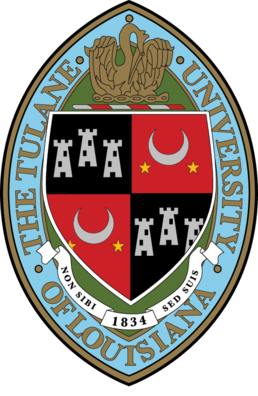Since beginning as a medical college in 1834, we’ve grown into one of the most well-respected research universities in the country. We’re one of just 62 members of the Association of American Universities, an elite group of top-ranked research institutions.
But we’re hardly an ivory-tower, view-from-40,000-feet kind of place. Yes, you’ll find a lot of intellectual firepower on campus. Our faculty are involved in projects as diverse as protecting the aquatic resources of the Gulf and chronicling the region’s singular musical heritage. But because of our size – just 8,452 undergrads; classes average 21 students – you won’t be looking at that academic talent from afar. The brilliant faculty who are carrying out that work also happen to be eager, nurturing educators, and they’ll be teaching your classes from the minute you arrive.
About those classes: There are 1,700 to choose from. We offer more than 70 majors in five different schools, including science and engineering, architecture, business, liberal arts and public health. Can’t pick? About a third of the students here double major.
Every single one of our undergraduate students, though, gives back. We were the first research university to require community service in the curriculum; today, more than 10 years after Katrina, we’re engaged in the largest civic-rebuilding project ever undertaken in the U.S. Last year alone, our students logged more than 780,000 hours of civic service in New Orleans. (Service is really at our core: The physicians who formed the college that became Tulane were trying to combat epidemics of yellow fever and cholera that ravaged New Orleans in the 19th century.)



